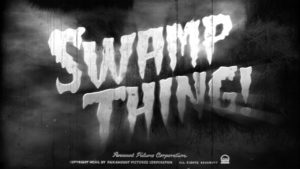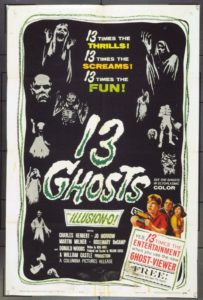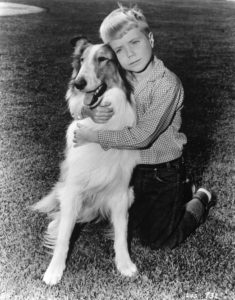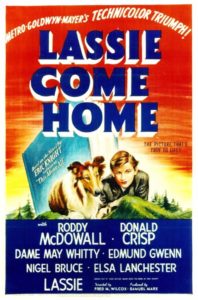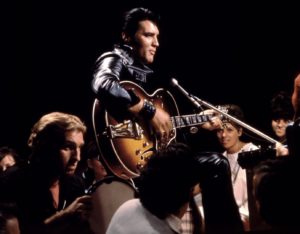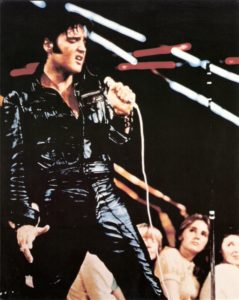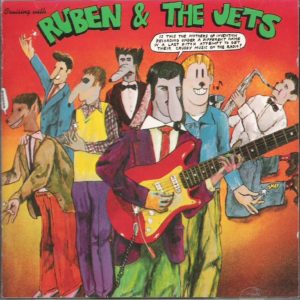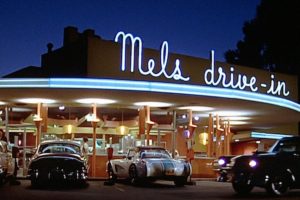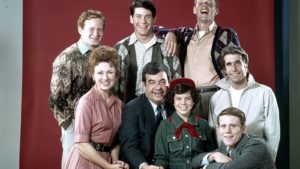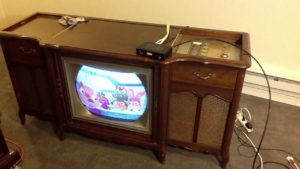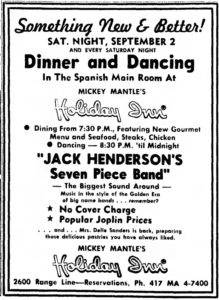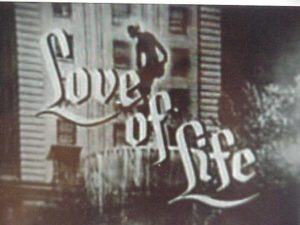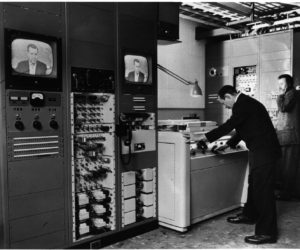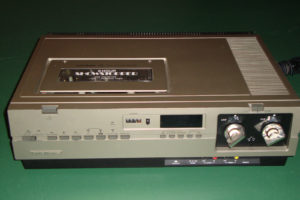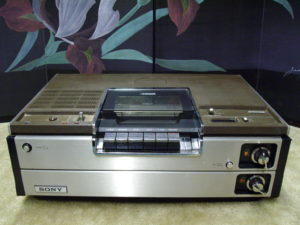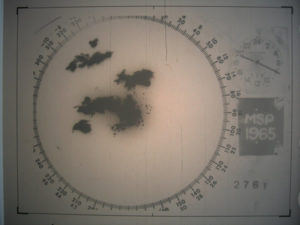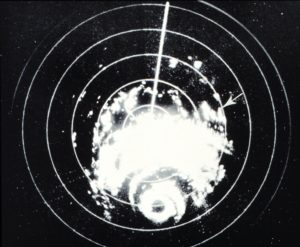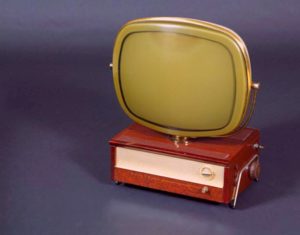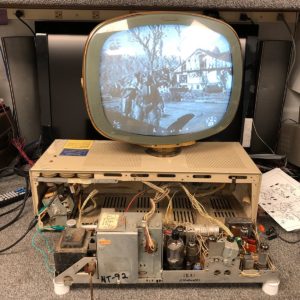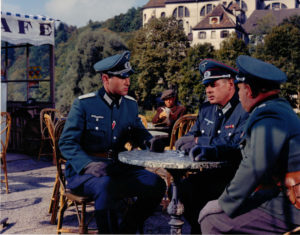
Back in the days when there were three networks, what they chose to show had a much greater effect on the masses than in the present day. I might watch one or two network television shows per week, spending the rest of my time gleaning gems recorded by my DVR from The History Channel, TLC, and the like.
However, in the early-to-mid 60’s, you watched what NBC, ABC, or CBS had to offer. And that meant seeing certain movies year after year.
It almost became a treasured annual observance. Certain films were so good that they needed to be brought out and dusted off again so that they could be re-enjoyed.
In reality, it was probably a matter of a studio holding copyright on a particular film so that the paying of royalties that might have otherwise cut into profits were skipped. But I didn’t think about such mundane matters when I was a child. Instead, I just savored the annual showing of The Great Escape over two nights each summer.
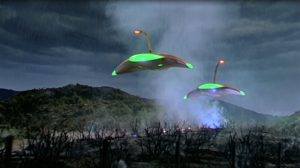
Of course, the granddaddy of the annually-shown-movies was The Wizard of Oz. It was covered in its own article, so no further mention here.
But other movies were shown every year that I can recall. One was War of the Worlds, which was originally released in 1953. It had several things going for it. For one, it was in color. For another, it was an excellent blend of good acting and state-of-the-art special effects. That last scene where the dying Martian’s arm is seen trying to claw its way out of the ship was absolutely unforgettable. Come to think of it, I believe that was the only glimpse we had of an actual Martian the whole movie.
Another movie I remember being shown repetitively was Come Back Little Sheba. The movie’s dark plot was way over the head of a kid, but it was one of my mom’s favorite films, so it would be watched every time it was aired. I was a big Shirley Booth fan, so I would watch as much as I could before getting lost in the adult-themed story.
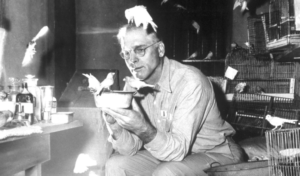
Of course, Burt Lancaster starred alongside Shirley Booth in that classic. Another Lancaster offering was an annual presentation: The Birdman of Alcatraz. I remember skipping the film when very young, then watching the next year because a schoolmate told me it featured a psychopath who would squeeze birds to death! What kid could resist that?
Well, of course, nothing like that happened in the film. But I still became a fan of the story of a man who overcomes his own violent past to become a distinguished authority on birds. And the film’s 7.9 IMDB rating is strong evidence that it truly was a classic.
Probably my favorite film, and that of most of my friends, was The Great Escape. It was a good film for kids to see who thought playing army was the height of fun. It graphically portrayed war and living in a POW camp as misery. We kids who watched lots of Rat Patrol needed that dose of reality.
Of course, many movies are still shown on an annual basis. but in today’s heavily-diluted menu of television choices, the days when the Big Three had a huge impact on what we watched are long gone.
